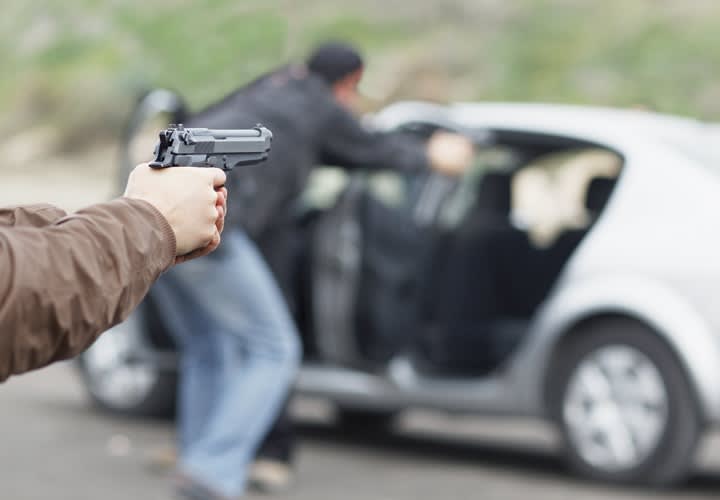In order for survival skills training to truly be effective, training needs to be capable of rooting its goal, purpose, tactic, or maneuver into your long-term memory. Psychologist E.R. Guthrie wrote that "A skill consists of the ability to bring about some end result with maximum certainty and minimum outlay of energy, or of time and energy." For our purposes in law enforcement this seems to be a perfect definition of a skill because we must continue to face countless dangers, seen and unseen, and be able to bring about a proper end result with maximum certainty as quickly and safely as possible. Failure for us to do so can end in tragedy and/or unnecessary danger to the public at large.
Building these skill sets can often be accomplished by using repetitive, emotionally based interactive training that utilizes at least two human senses and is relevant to the trainee. When a skill set is encoded into your long-term memory, the body is physically building synaptic connections between brain cells. These connections help form your unconscious memory and, much like the physical training itself, the more you exercise your brain the stronger the connections become. This process can include both physical and mental training.
An easy way to understand this is to imagine two bridges as representing these synaptic connections in your mind.
The first bridge is a rickety old rope bridge with missing planks. The bridge sways high above the bottom of a deep cavern and it creaks in the wind. This rickety bridge is there because you built it in one day, and you did not put the proper effort into building it. The failure to properly maintain the bridge over the years has also caused it to become more and more unstable; the ropes are rotting and the connections are weak. Unfortunately, the only reason you built the bridge was because you were told to do so by a skill set instructor, and you only had to walk across it one time by taking baby steps in order to show you could. This happens all the time in law enforcement when officers and trainers don't think the training will actually have to be used to survive.
On the other hand, the second bridge is a large, multilane highway span that you and your brain can race across. When you built this bridge you put lots of time, effort, and physical expense into its completion, and you understand that you must properly maintain it so that it too does not deteriorate. You had expert help in building it to make certain all the connections are correct and the bridge does not fail you. You built it because you understood the need to do so, and you have most likely raced across it at least once at work, or have at least envisioned racing across it often while mentally preparing for your survival.











